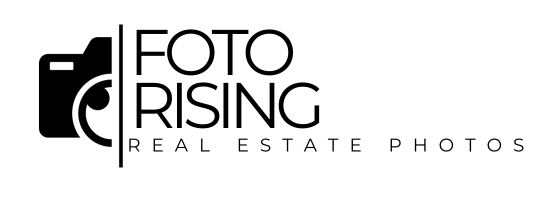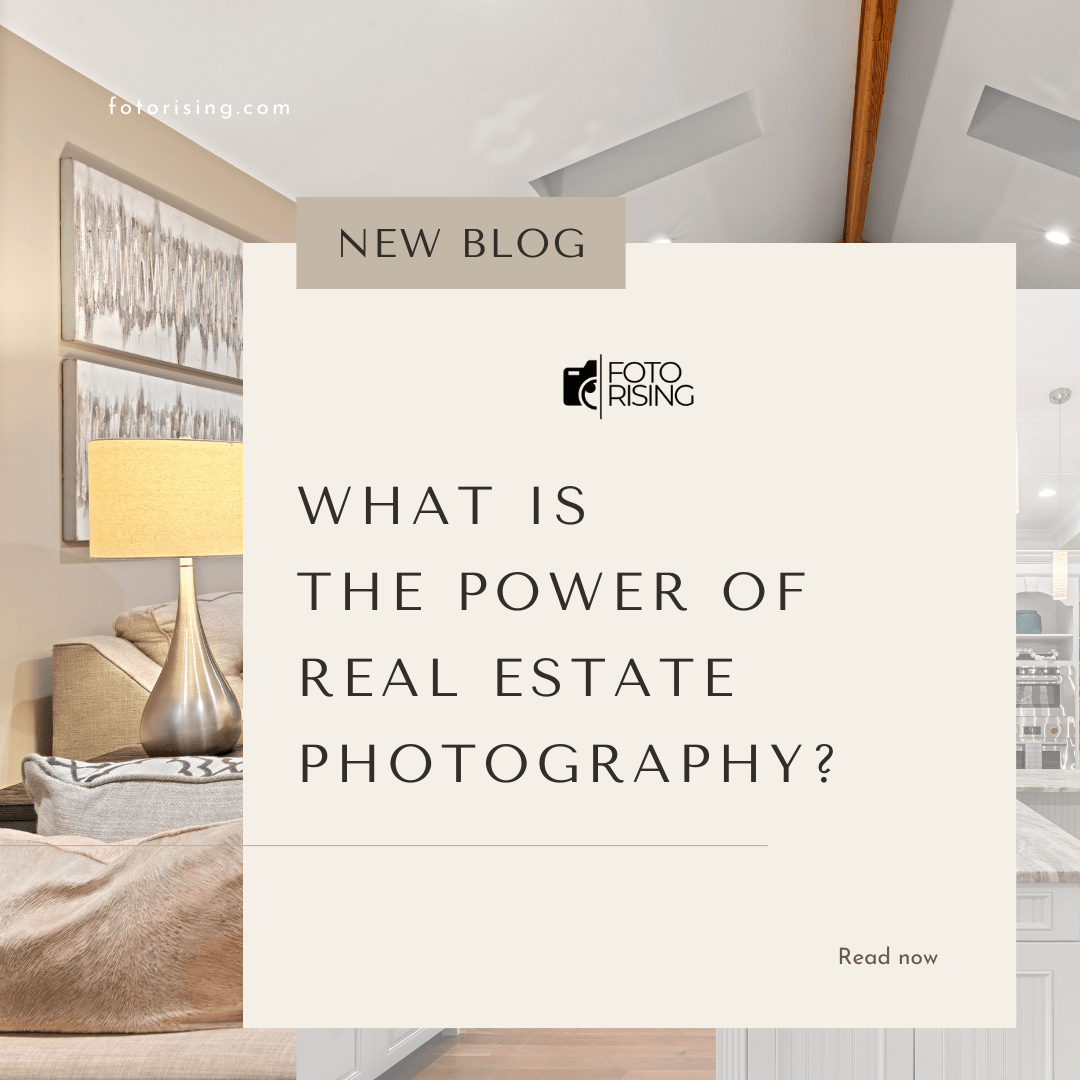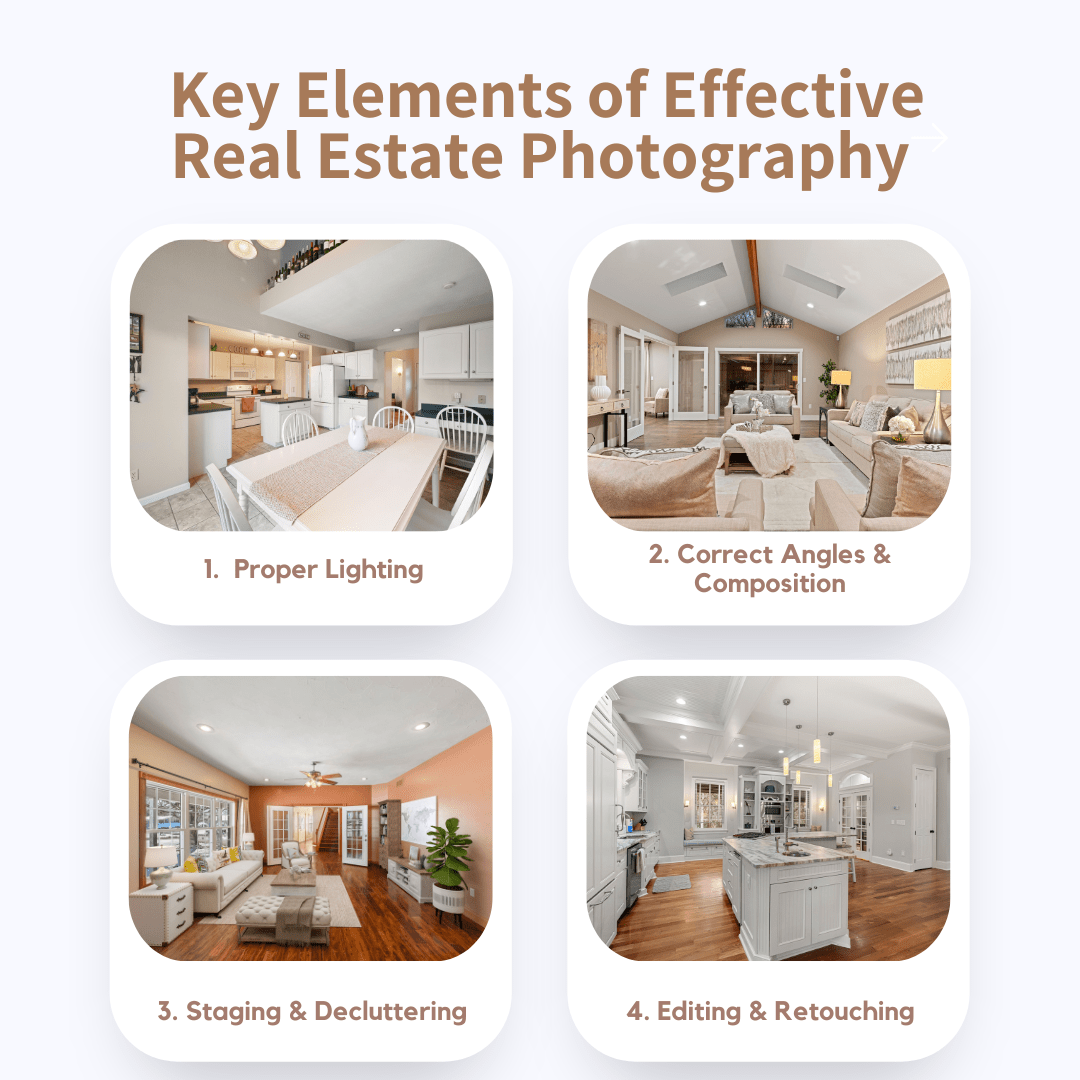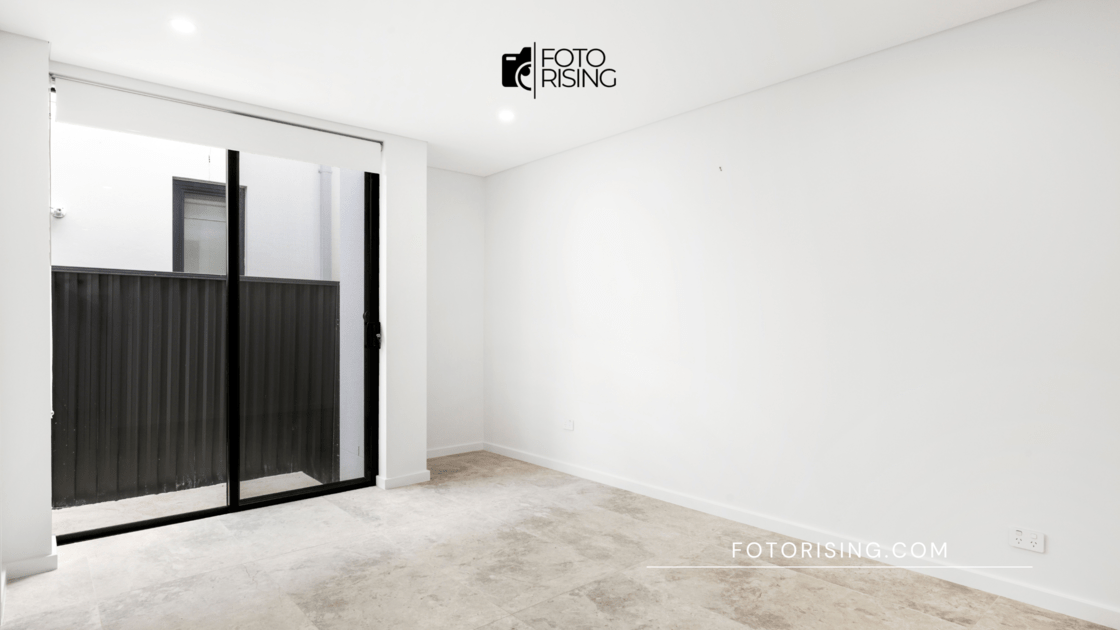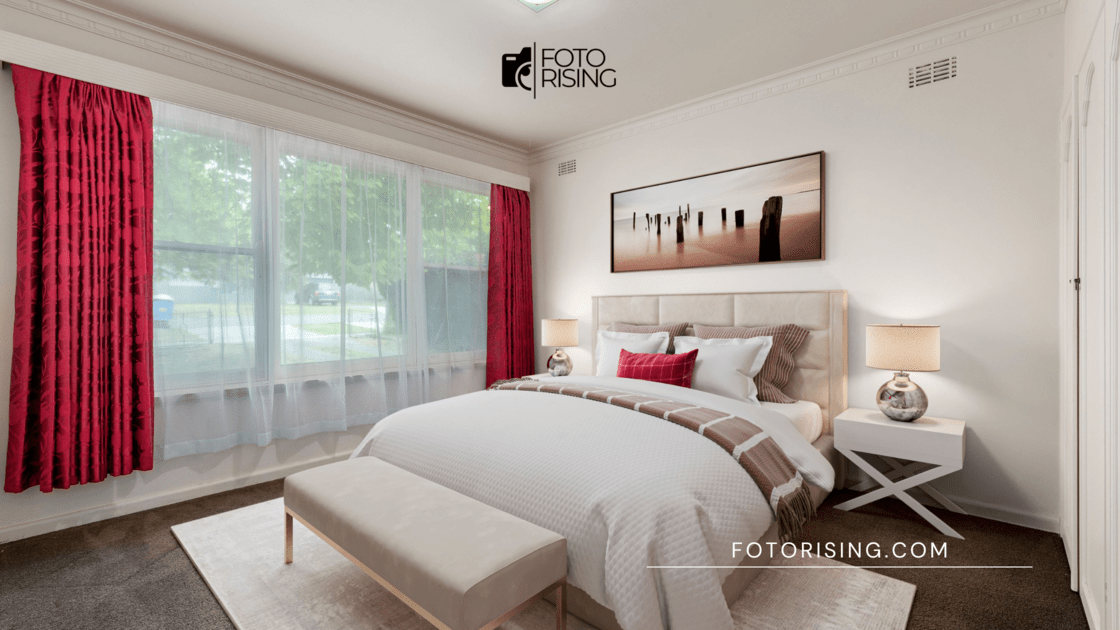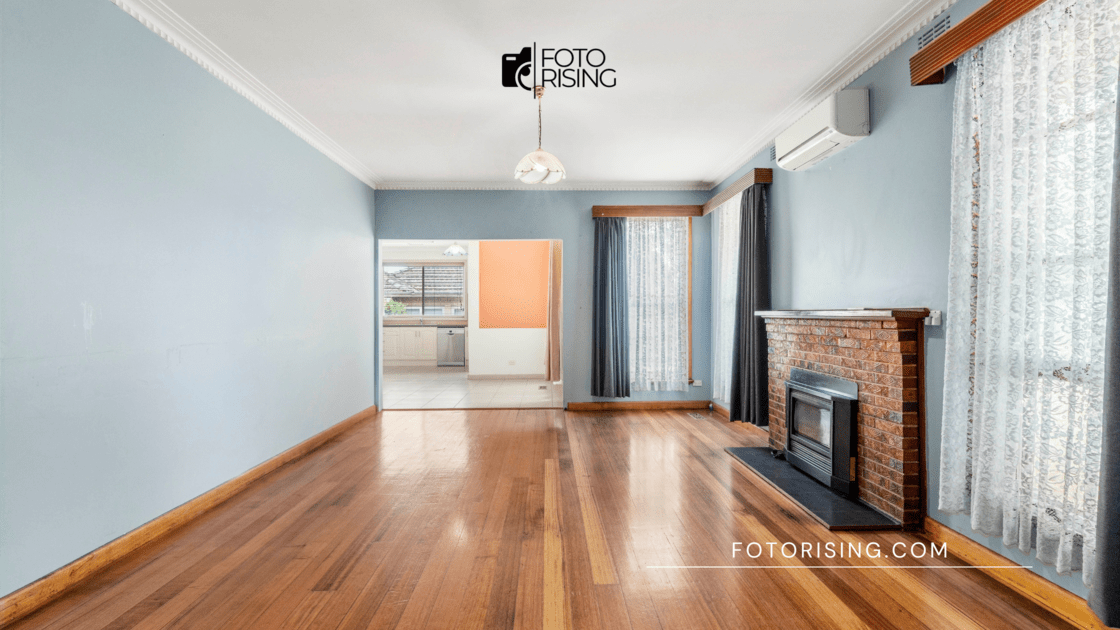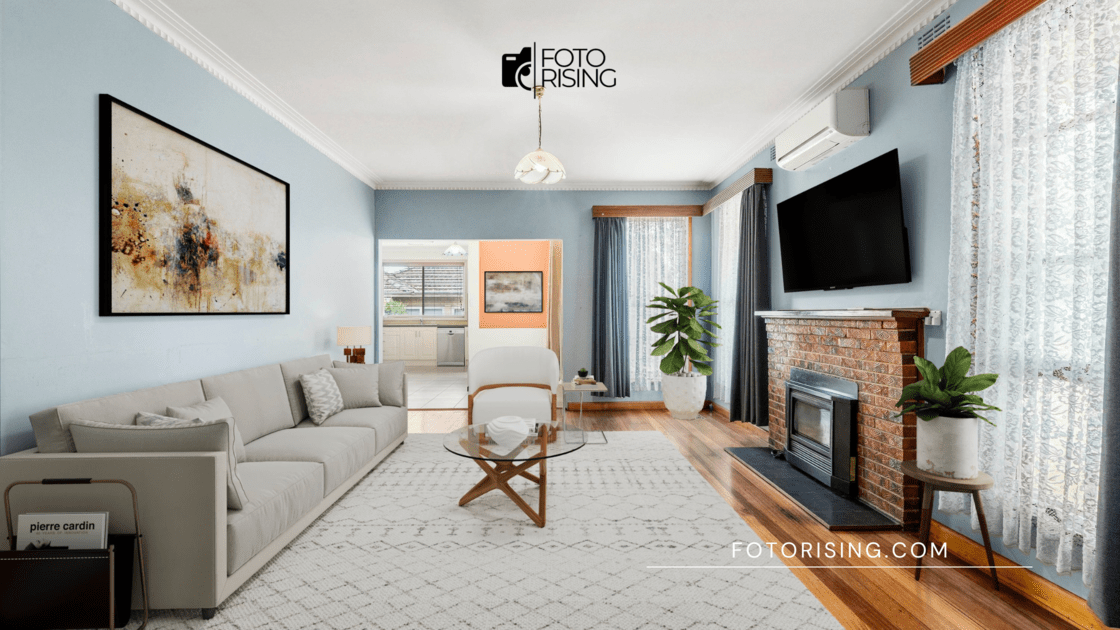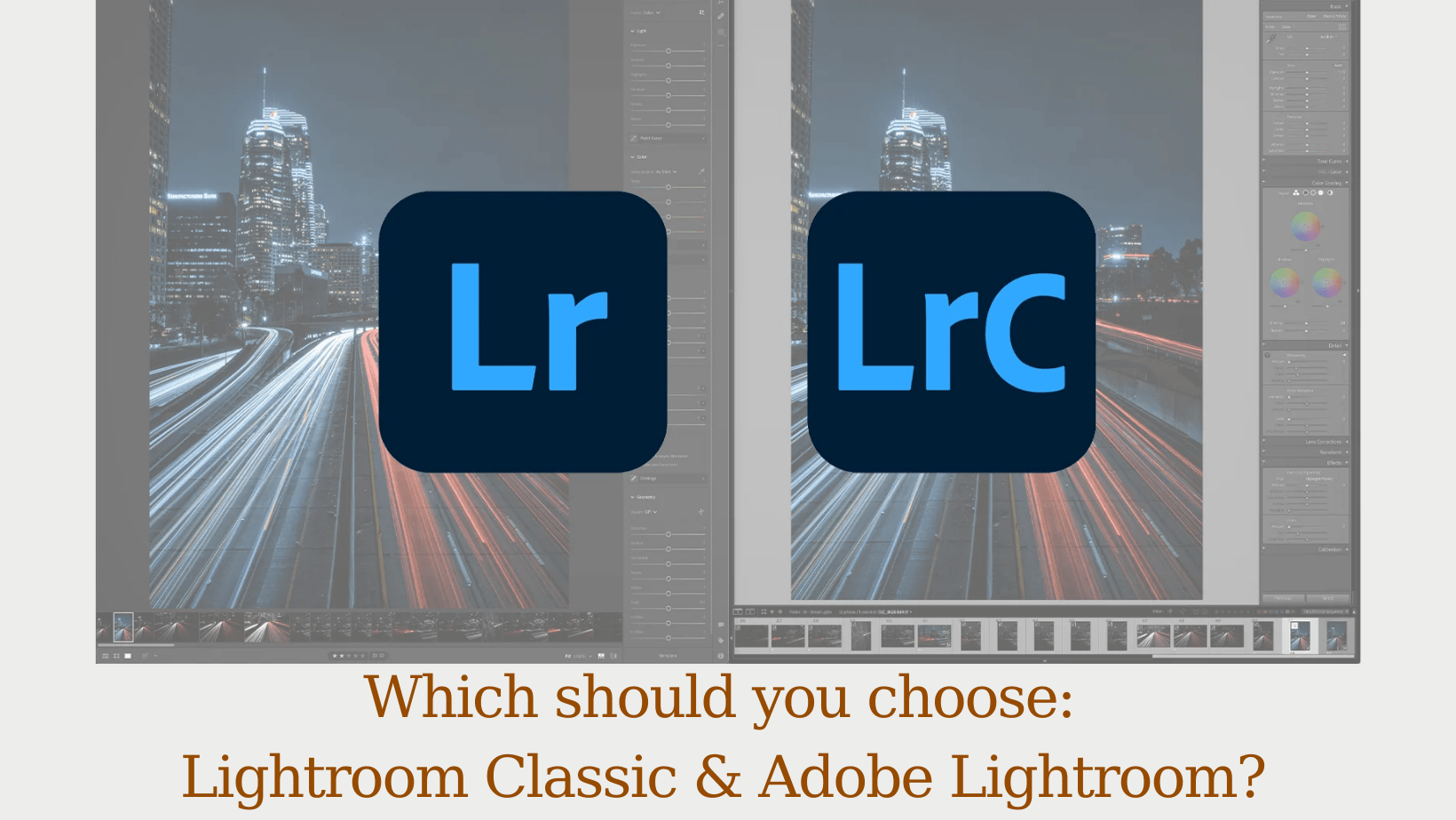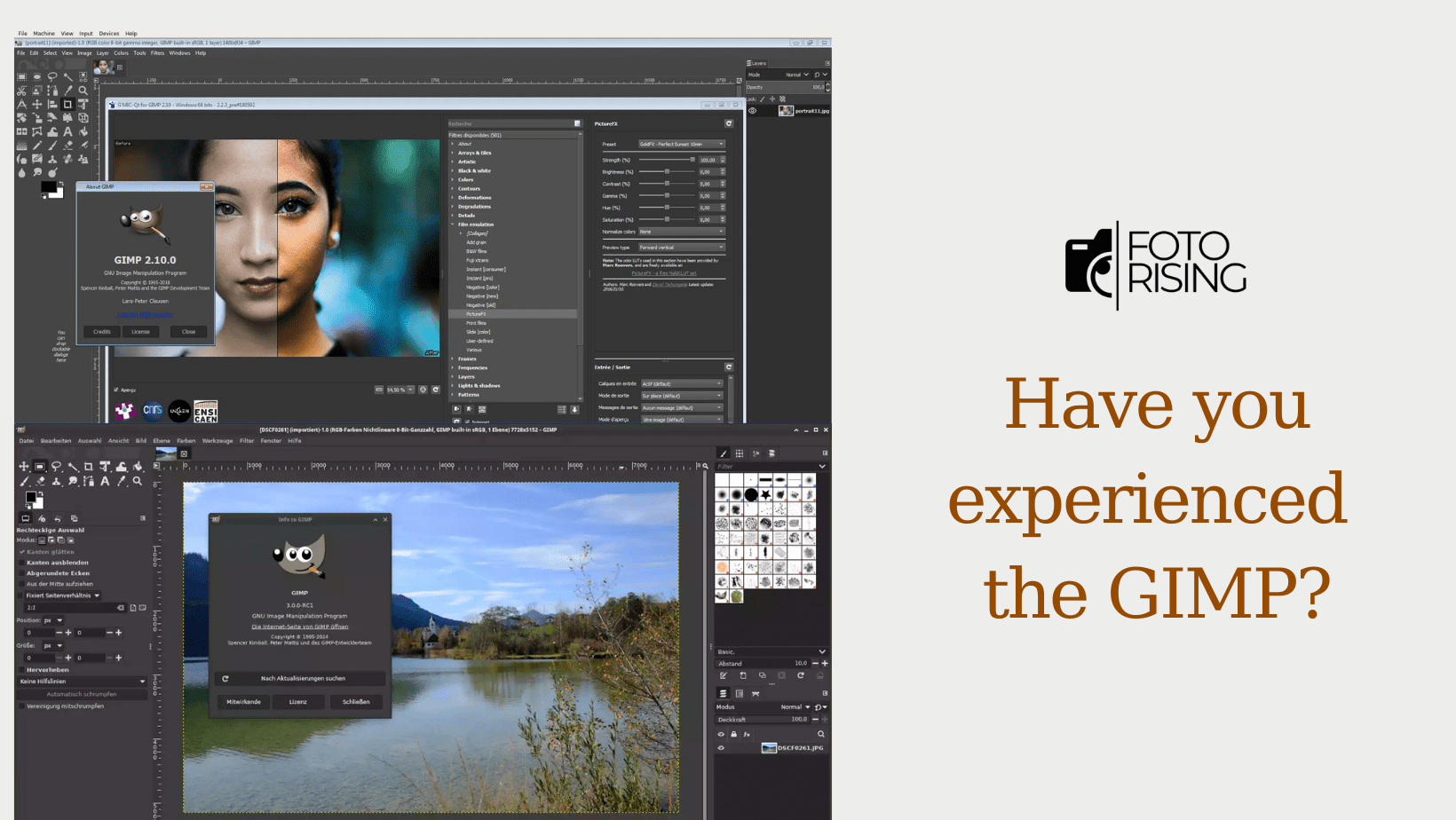In today’s digital landscape, high-quality visuals are essential for marketing, branding, and professional presentations. Whether for real estate, business, or social media purposes, having access to an intuitive and efficient editing tool is crucial. The Canva picture editor is a user-friendly yet powerful solution that enables individuals and businesses to edit images with ease.

1. Key Advantages of Canva Picture Editor
Canva picture editor has revolutionized the graphic design industry by offering an intuitive interface combined with powerful features, making professional-quality design accessible to everyone. Unlike complex editing software such as Photoshop, which requires extensive training and experience, Canva simplifies the process, allowing users of all skill levels to create visually stunning images quickly and efficiently.
Key Benefits of Canva Picture Editor
- Ease of Use – With its user-friendly drag-and-drop interface, Canva eliminates the need for advanced design skills, enabling anyone to edit and enhance images in just a few clicks.
- One-Click Enhancements – Users can effortlessly adjust brightness, contrast, and saturation, ensuring a polished and professional look without manual fine-tuning.
- AI-Powered Tools – Features such as background removal, filters, and text overlays streamline the editing process, making it easy to customize visuals.
- Cloud-Based Access – Canva operates online, allowing users to edit images from any device without requiring software installation.
- Customizable Templates – Offering a vast selection of pre-designed templates, Canva is perfect for creating marketing materials, social media content, and business graphics with minimal effort.


2. Canva’s Role in Real Estate Photo Editing
The Canva picture editor has transformed the way individuals and businesses create visuals, making professional-quality design and photo editing more accessible than ever. With its intuitive interface, drag-and-drop functionality, and extensive library of templates, Canva enables users to design everything from social media graphics to business presentations with ease. Whether you need to adjust colors, remove backgrounds, or enhance images with filters, Canva provides a simple yet powerful solution for basic photo editing.
However, when it comes to real estate photo editing, more advanced techniques are required to produce high-quality, market-ready images. Real estate photography demands precision and expertise to ensure properties look their best. Basic edits like brightness adjustments and cropping can help, but for images to truly stand out, specialized enhancements such as HDR blending, virtual staging, and perspective correction are essential.
That’s where BeatColor comes in. As a professional real estate photo editing service, we provide:

- HDR Photo Enhancement – Enhancing lighting and details for a more balanced and natural look.
- Virtual Twilight – Transforming daytime shots into stunning dusk or sunset images.
- Virtual Staging – Adding stylish furniture and décor to showcase a property’s potential.
- Perspective & Vertical Corrections – Ensuring straight lines and proper alignment for a professional finish.
3. Canva vs. Professional Editing: Choosing the Right Option
While Canva picture editor is an excellent choice for basic image modifications, professional editing is recommended for more advanced enhancements.
| Feature | Canva Picture Editor | BeatColor Professional Editing |
| Basic Image Adjustments | ✅ Yes | ✅ Yes |
| Background Removal | ✅ Yes | ✅ Yes (Higher Precision) |
| Virtual Staging | ❌ No | ✅ Yes |
| HDR & Sky Replacement | ❌ No | ✅ Yes |
| Complex Object Removal | ❌ No | ✅ Yes |

For basic edits and branding needs, Canva provides a convenient solution. However, when it comes to real estate photo enhancement requiring precision and advanced techniques, BeatColor’s expertise ensures superior results.
Conclusion
The Canva picture editor is a valuable tool for individuals and businesses seeking an efficient way to enhance images. However, for real estate professionals who require high-quality, market-ready photos, specialized editing services such as those offered by BeatColor provide the best results.
Read more:
Unlocking the Potential of 3D Software in Real Estate Photography
Top 5 Programs to Edit Photos in Real Estate Photography
The Power of Virtual Staging in Real Estate Photo Editing
